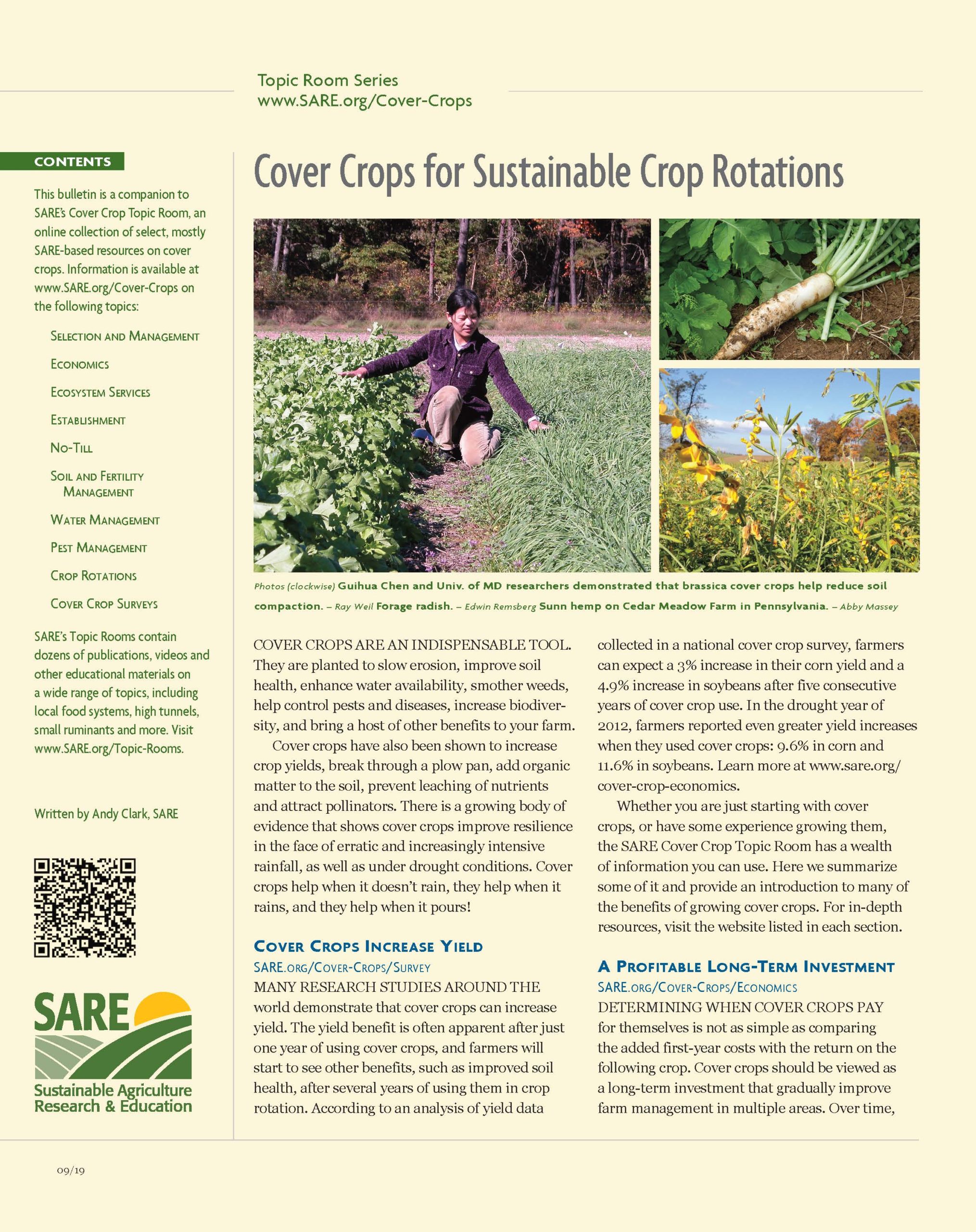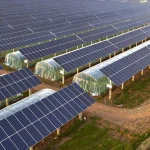Imagine waking up one morning to find your entire crop plan thrown into disarray by unexpected rain. Sounds frustrating, right?
The effects of erratic rainfall on crop planning can be overwhelming for you and many other farmers. It’s not just a matter of dealing with a bit of extra water; it’s about safeguarding your livelihood and ensuring that all your hard work doesn’t go to waste.
You plan meticulously, hoping for the right balance of rain and sunshine, but nature sometimes has other ideas. This article will explore how unpredictable rain patterns can impact your crops and offer insights on how you can adapt your strategies to maintain a thriving farm. Stay with us to discover practical tips and essential knowledge that could transform your approach to farming, even when the weather doesn’t cooperate.

Impact On Planting Schedules
Erratic rainfall disrupts planting schedules, causing farmers to adjust crop planning. Unpredictable weather patterns affect seed germination and growth. This uncertainty can lead to reduced yields and economic challenges for farmers.
Erratic rainfall poses a significant challenge for farmers. One of the most affected areas is planting schedules. When rain patterns become unpredictable, it disrupts the carefully planned timelines that farmers rely on. A delay in planting can lead to lower yields, while early planting might expose crops to adverse weather conditions.
Impact On Timing
Rainfall decides when you plant your crops. When rains arrive too early or late, it throws your schedule off balance. You might find yourself scrambling to adjust your plans. This can lead to unnecessary stress and financial losses. Imagine preparing your fields, only to find the soil too wet or dry for planting.
Adjusting Strategies
To cope with unpredictable rainfall, you need flexible strategies. Consider diversifying crops to spread risk. Some farmers plant drought-resistant varieties or use staggered planting. This way, if one batch fails, others may survive. You might also explore advanced weather forecasting tools to better predict rain.
Personal Experience Insights
Last year, my uncle’s farm faced unexpected heavy rainfall. His planting schedule was set for early May, but the rains came in April. He quickly adjusted by planting half of his crops earlier. It was a gamble, but it paid off. He saved a portion of his crops, proving that flexibility is key.
Financial Implications
Erratic rainfall can hit your pocket hard. Adjusting planting schedules might require additional resources. You may need extra labor or equipment to adapt to new timelines. This can increase operational costs. Have you considered setting aside an emergency fund for such situations?
Utilizing Technology
Technology offers solutions to these challenges. Invest in soil moisture sensors to monitor conditions in real time. These tools help you decide the best planting time despite unpredictable rain. Also, explore mobile apps that alert you about weather changes. These insights can guide your planning, saving time and money.
Engaging With Community
Engage with local farming communities. Share insights and experiences about managing erratic rainfall. You might find new strategies or support from fellow farmers. Collaboration can lead to innovative solutions. Have you reached out to your neighbors to discuss joint strategies?
Erratic rainfall impacts your planting schedule, but with flexibility and innovation, you can mitigate these effects. Are you prepared to adapt and thrive despite nature’s unpredictability?

Soil Health Challenges
Erratic rainfall disrupts crop planning, affecting soil health. Unpredictable showers lead to nutrient imbalance and erosion. Farmers struggle to adapt, facing challenges in maintaining sustainable agriculture.

Erratic rainfall is increasingly becoming a major concern for farmers worldwide, and one of the most pressing issues it causes is related to soil health challenges. These challenges can severely affect your ability to plan and execute effective crop cultivation. Understanding these challenges will enable you to make informed decisions and adopt strategies that safeguard your soil and, ultimately, your crops.
Soil Erosion
Erratic rainfall patterns often lead to soil erosion. When heavy rain hits dry soil, it washes away the topsoil, which is rich in nutrients. This loss makes it difficult for plants to get the nutrients they need to grow. You can combat this by planting cover crops or using mulching techniques to protect the soil surface.
Waterlogging
In some areas, excessive rain can lead to waterlogging, where water saturates the soil and deprives roots of oxygen. This condition can stunt plant growth and even cause roots to rot. To tackle this, consider improving your field’s drainage system to ensure excess water is quickly removed. Raised beds can also help by keeping the plant roots above the saturated soil.
Nutrient Leaching
Erratic rainfall can also cause nutrient leaching, where essential nutrients are washed away from the soil before plants can absorb them. This leaves the soil less fertile and requires you to spend more on fertilizers. Using organic matter like compost can help improve soil structure and retain nutrients.
Soil Compaction
Heavy rainfall followed by a dry spell can lead to soil compaction, making it difficult for roots to penetrate the soil. Compacted soil reduces water infiltration and aeration, negatively impacting crop yield. Regularly checking your soil and using aeration tools can help alleviate compaction.
Acidification
Erratic rain might also lead to soil acidification. With changing rainfall patterns, the pH balance of the soil can be disrupted, making it more acidic and less hospitable for crops. Testing soil pH regularly and applying lime can help maintain the balance.
How do you prepare your soil to face these challenges? It’s crucial to adapt your crop planning strategies to ensure your farm remains productive despite the unpredictability of rainfall. Consider these insights and take proactive steps to protect your soil and your livelihood.
Strategies For Adaptation
Erratic rainfall poses a significant challenge for farmers worldwide. It disrupts traditional crop planning and yields. To combat these challenges, farmers need effective adaptation strategies. These strategies help in managing unpredictable weather and ensuring crop survival. Let’s explore some practical adaptation strategies.
Diversifying Crop Varieties
Planting different crop varieties increases resilience. Different plants respond uniquely to weather changes. Some may withstand drought better, while others thrive in wet conditions. This diversity reduces the risk of total crop failure.
Implementing Water Management Techniques
Effective water management is crucial for crops. Techniques like rainwater harvesting can be beneficial. Storing rainwater helps during dry spells. Drip irrigation also ensures efficient water use. It delivers water directly to plant roots, minimizing waste.
Using Climate-resilient Seeds
Climate-resilient seeds are specially bred to withstand extreme weather. They are more tolerant to drought and heavy rains. Using these seeds can protect farmers’ investments. It ensures better productivity under erratic rainfall conditions.
Adjusting Planting Schedules
Flexible planting schedules can help adapt to erratic weather. Monitoring weather forecasts allows timely planting. Early or late planting can avoid adverse conditions. This strategy maximizes crop yield despite unpredictable rains.
Enhancing Soil Health
Healthy soil retains water better. It supports plants during dry periods. Practices like adding organic matter improve soil health. This enhances water retention and nutrient availability. Strong soil structures withstand heavy rains without erosion.
Building Local Knowledge And Networks
Farmers benefit from shared knowledge and experiences. Joining local networks provides valuable insights. These networks offer support and information on adaptation techniques. Collaboration leads to innovative solutions for erratic rainfall challenges.
Conclusion
Erratic rainfall affects crop planning significantly. Farmers face unpredictable challenges. Rainfall variability leads to crop failures. Planning becomes difficult and risky. Farmers need adaptive strategies. Technology can aid with weather predictions. Better tools help in planning crops. Choosing resilient crops is crucial.
Proper water management is essential. Collaborative efforts can support farmers. Sharing knowledge improves resilience. Sustainable practices ensure future crop success. Understanding weather patterns is key. Farmers must stay informed and prepared.



